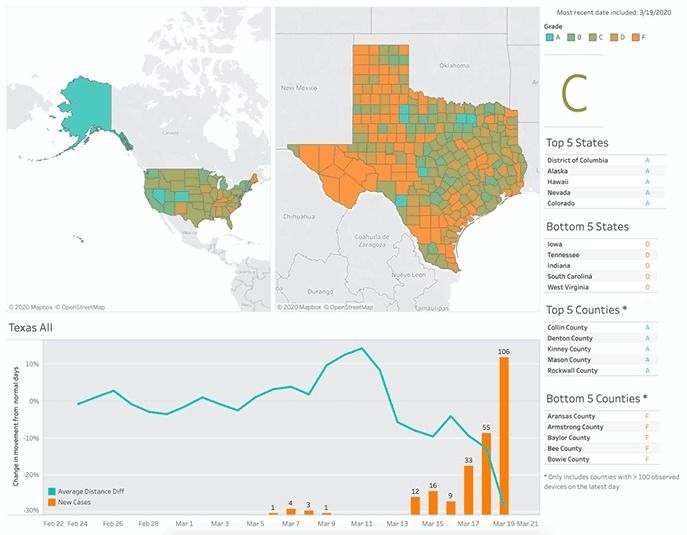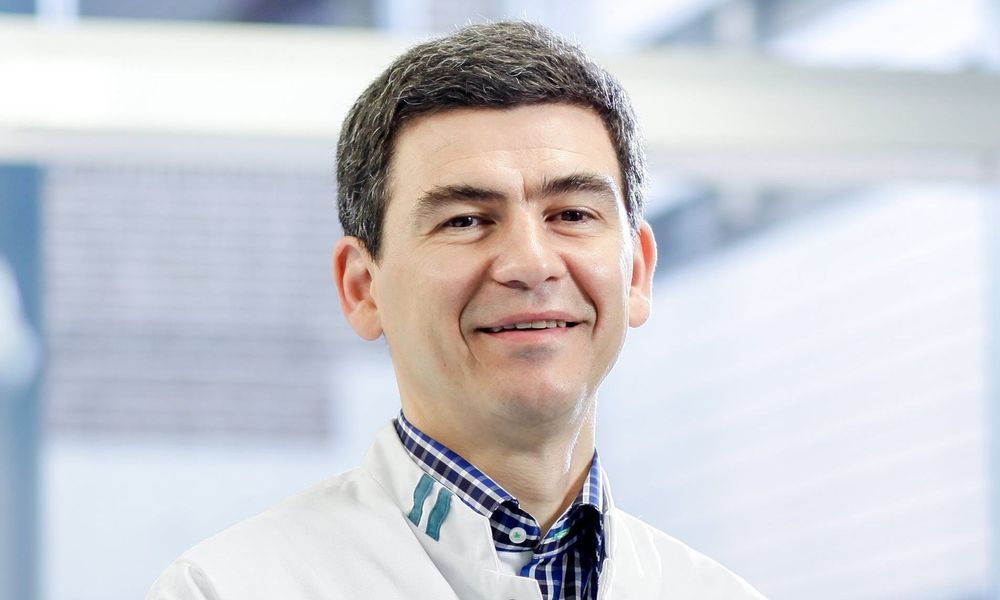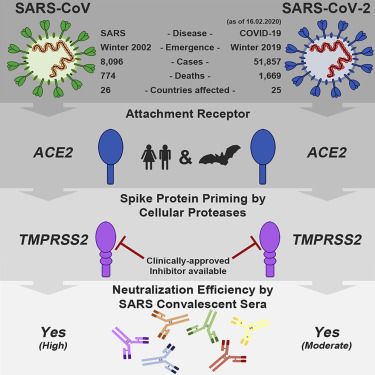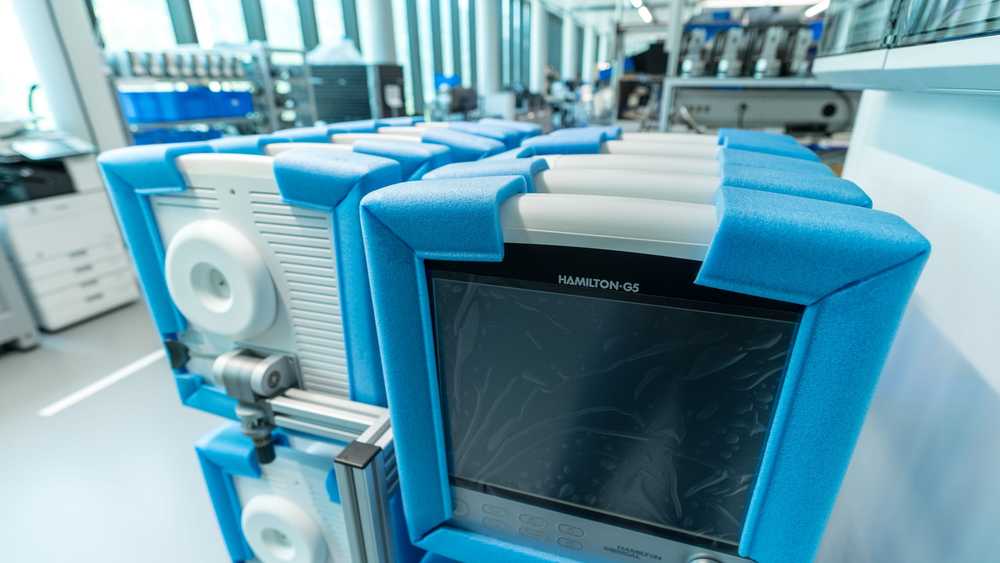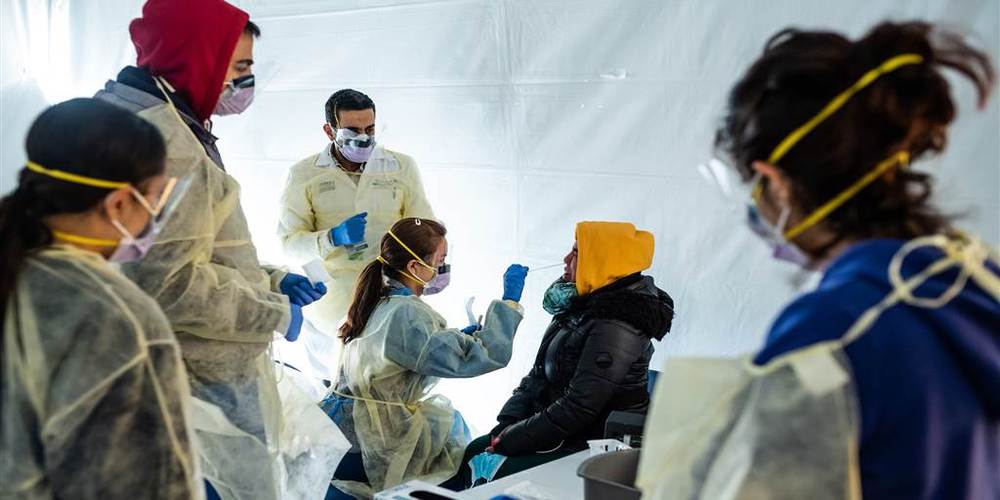Social distancing is seen as the most effective way of slowing the spread of the virus causing COVID-19, and is strongly advised by the World Health Organization and the CDC. At Unacast, we wanted to understand which areas of the country are best at exhibiting social distancing behavior. Our hope is that these insights will empower organizations and companies to understand and measure social distancing initiatives and ultimately, save lives.
Archive for the ‘biotech/medical’ category: Page 1800
Mar 24, 2020
FDA Grants Experimental Coronavirus Drug Benefits For Rare Disease Treatments
Posted by Omuterema Akhahenda in categories: biotech/medical, health
The agency’s decision would provide lucrative incentives to the drug’s maker, Gilead Sciences, and could keep lower-priced generic versions of the medicine off the market for several years if remdesivir is approved for use, public health advocates say.
Remdesivir Gets Rare Disease Perks From FDA : Shots — Health News Gilead Science’s remdesivir, an antiviral medicine being tested for treatment of COVID-19, would get a seven-year monopoly if approved by the Food and Drug Administration.
Mar 24, 2020
You could be spreading the coronavirus without realising you’ve got it
Posted by Nicholi Avery in category: biotech/medical
Such undocumented cases are still contagious and the study found them to be the source of most of the virus’s spread in China before the restrictions came in. Even though these people were only 55 per cent as contagious as people with symptoms, the study found that they were the source of 79 per cent of further infections, due to there being more of them, and the higher likelihood that they were out and about.
“If somebody’s experiencing mild symptoms, and I think most of us can relate to this, we’re still going to go about our day,” says Shaman. “These people are the major driver of it and they’re the ones who facilitated the spread.”
Mar 24, 2020
Israelis Invent First Pill to Treat Diabetes Without Insulin Shots
Posted by Omuterema Akhahenda in categories: biotech/medical, media & arts
The pill passed second-stage testing with impressive results, placing it on the fast-track for commercial availability, Oramed announced last week, which is music to the ears of the nearly half a billion people worldwide who suffer from diabetes.
An oral insulin capsule passed second stage testing for efficacy and safety, paving the way to diabetes treatments without shots.
By United with Israel Staff
Continue reading “Israelis Invent First Pill to Treat Diabetes Without Insulin Shots” »
Mar 24, 2020
Study into better protection for healthcare workers — Against coronavirus infection
Posted by Omuterema Akhahenda in categories: biotech/medical, health
Radboudumc and UMC Utrecht will investigate whether health care workers are better protected against the coronavirus after a vaccination against tuberculosis (BCG vaccine). This vaccine does not directly protect against the coronavirus, but provides a boost to the immune system, which may lead to improved protection against the coronavirus and a milder infection.
19 March 2020.
Mar 24, 2020
Old human cells rejuvenated with stem cell technology, Stanford-led study finds
Posted by John Davies in categories: biotech/medical, life extension
Old human cells return to a more youthful and vigorous state after being induced to briefly express a panel of proteins involved in embryonic development, according to a new study by researchers at the Stanford University School of Medicine.
The researchers also found that elderly mice regained youthful strength after their existing muscle stem cells were subjected to the rejuvenating protein treatment and transplanted back into their bodies.
The proteins, known as Yamanaka factors, are commonly used to transform an adult cell into what are known as induced pluripotent stem cells, or iPS cells. Induced pluripotent stem cells can become nearly any type of cell in the body, regardless of the cell from which they originated. They’ve become important in regenerative medicine and drug discovery.
Mar 24, 2020
Turning Back the Clock on Aging Cells
Posted by Paul Battista in categories: biotech/medical, life extension
Researchers at Stanford University report that they can rejuvenate human cells by reprogramming them back to a youthful state. They hope that the technique will help in the treatment of diseases, such as osteoarthritis and muscle wasting, that are caused by the aging of tissue cells.
A major cause of aging is thought to be the errors that accumulate in the epigenome, the system of proteins that packages the DNA and controls access to its genes. The Stanford team, led by Tapash Jay Sarkar, Dr. Thomas A. Rando and Vittorio Sebastiano, say their method, designed to reverse these errors and walk back the cells to their youthful state, does indeed restore the cells’ vigor and eliminate signs of aging.
In their report, published on Tuesday in Nature Communications, they described their technique as “a significant step toward the goal of reversing cellular aging” and could produce therapies “for aging and aging-related diseases.”
Mar 24, 2020
SARS-CoV-2 Cell Entry Depends on ACE2 and TMPRSS2 and Is Blocked by a Clinically Proven Protease Inhibitor
Posted by Nicholi Avery in categories: biotech/medical, health
SARS-CoV-2 uses the SARS-CoV receptor ACE2 for host cell entry.
The spike protein of SARS-CoV-2 is primed by TMPRSS2.
Antibodies against SARS-CoV spike may offer some protection against SARS-CoV-2.
Mar 24, 2020
Reno is home to one of the world’s largest ventilator companies. We talked with its CEO about COVID-19
Posted by Genevieve Klien in category: biotech/medical
Company is growing to meet demand, taking extra measures to protect workforce and won’t raise prices, CEO says.
Mar 24, 2020
FDA will allow doctors to treat critically ill coronavirus patients with blood from survivors
Posted by Nicholi Avery in category: biotech/medical
The FDA gave doctors the OK to begin using convalescent plasma donated by COVID-19 survivors to treat critically ill coronavirus patients.
